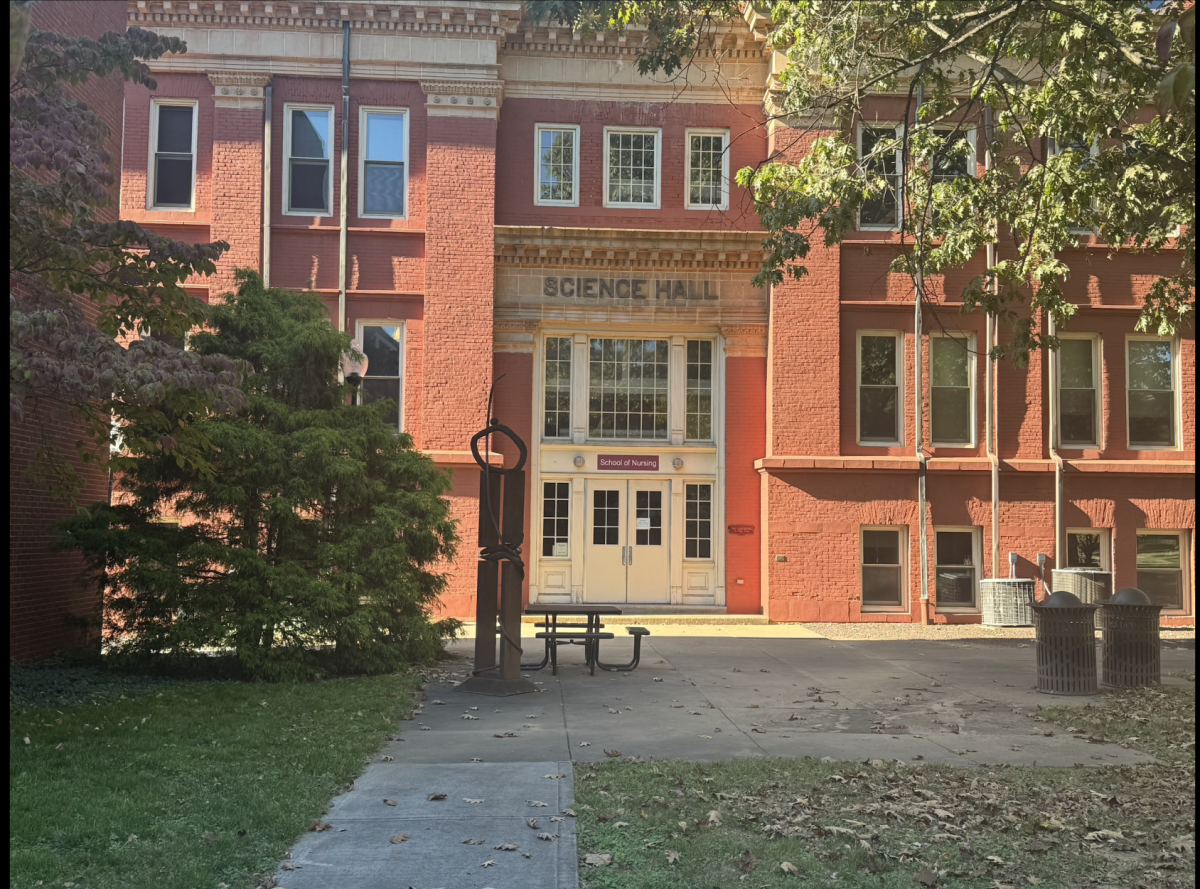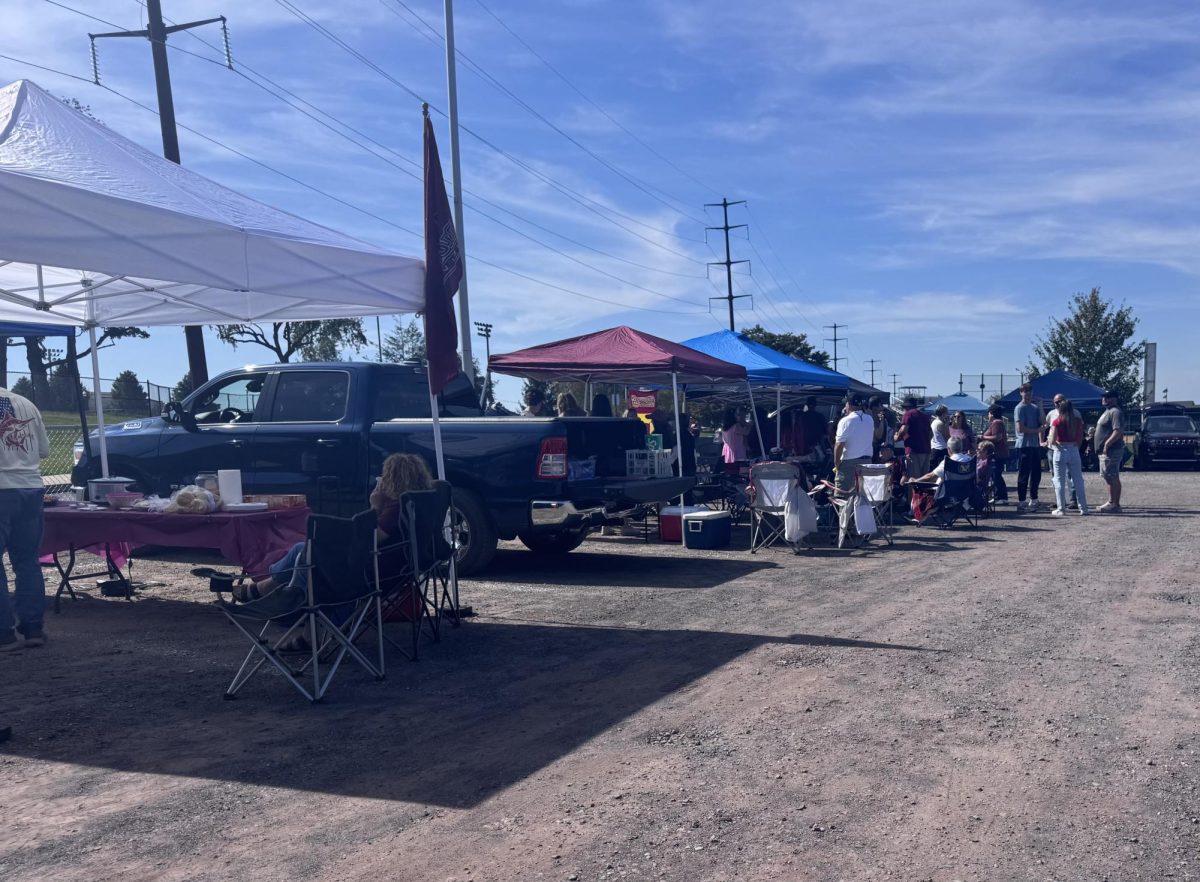“A documentary photographer does the same as a painter, it is an art,” stated the retired film photography professor Vera Viditz-Ward at her retrospective show at the Haas Gallery of Art from June 22 to September 21.
The works presented were from a larger 1977-present portfolio that ranged from work photographed in 1986 to current photographs, and during the reception, Viditz-Ward talked to the audience about her journey as a photographer and her journey to complete each series in Sierra Leone in West Africa.
While talking about documentary photography, she described it as “not spontaneous, [in order to shoot well] you need to know what you are getting yourself into before you begin.” This advice is great for young photographers, but translates to all kinds of art. She encourages everyone to research and study what they want to do, before jumping in head first.
Her presented series ranged from portraits of chiefs (the people of the villages) to Africans immigrating to America. As she went through each series, she described the trouble she went through to be in the country to be able to photograph it all and the layers of powers between the presidents and chiefs.
All 51 photographs showed that there was a connection between her and the subject, but often the subjects looked amazed and confused with her being there. Still, some subjects very much enjoyed being in front of the camera.
When art studio student Ed Murphy was asked what he thought about the artist talk, he felt that it was “interesting getting to hear about some of the exciting and exotic places she traveled to and photographed. [As well as the] crazy stories about some of the chiefs.” Also, he was amazed to learn that she had photographs displayed in the Smithsonian National Museum of African Art; that’s a huge deal!




Retired photography professor Vera Viditz-Ward showcased a documentary photo series that has spanned several decades. She also spoke to students about her work, as well as encouraged students to carefully pursue their passions in photography.





















